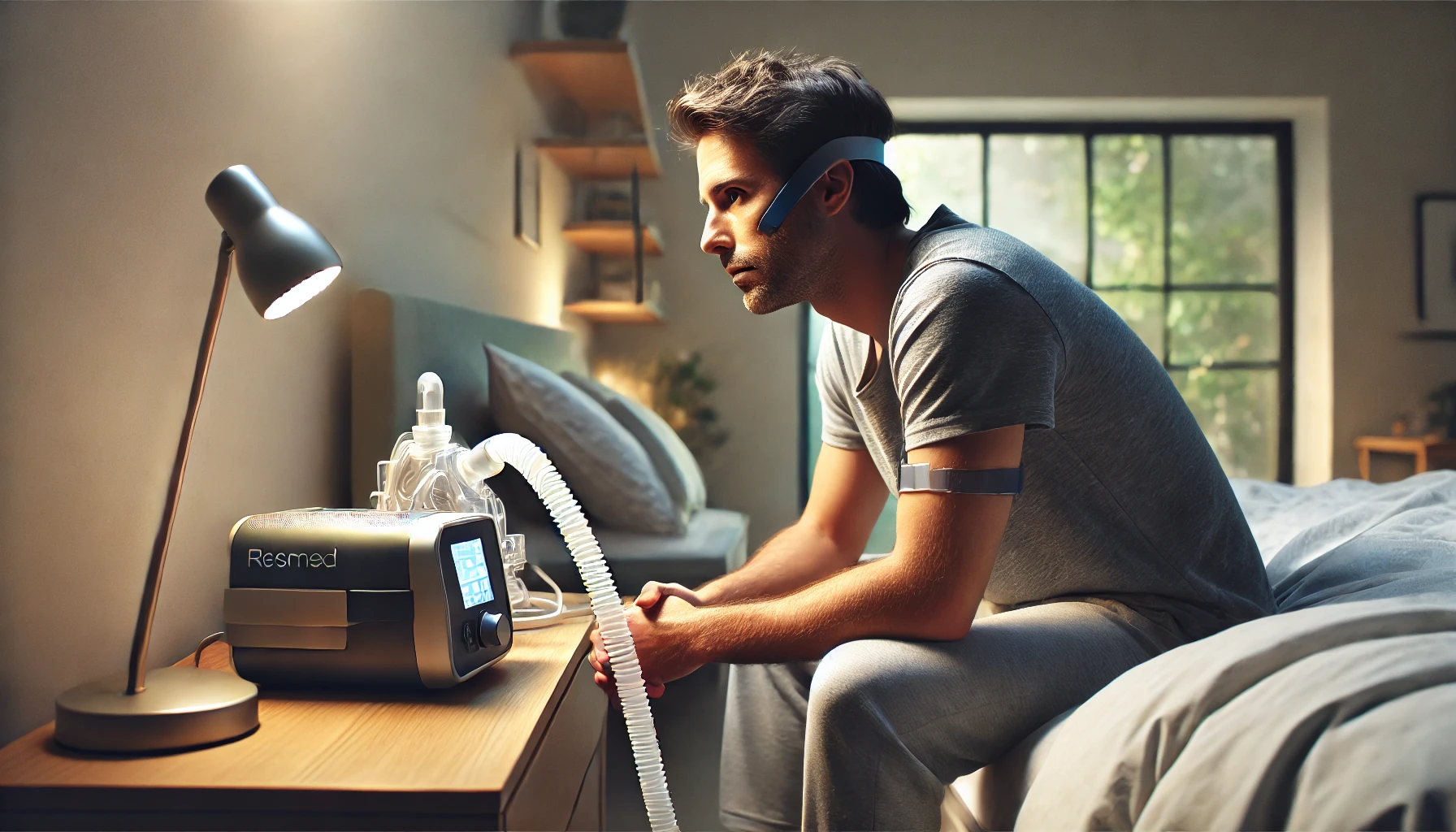Consistent CPAP use is essential for effective sleep apnea treatment—but occasional issues may arise. Here’s how to troubleshoot the most common CPAP therapy problems to improve comfort and compliance.
1. Mask Leaks
Air leaks can reduce therapy effectiveness and disturb sleep:
- Ensure your mask is the correct size and properly adjusted.
- Wash the mask cushion daily and replace it every 1–3 months to maintain seal integrity.
- If you move during sleep, try a full-face or nasal pillow mask designed for active sleepers.
2. Dry Mouth or Nasal Congestion
CPAP airflow may cause dryness or congestion, especially with nasal masks:
- Use a heated humidifier or add a heated hose if dryness persists.
- Consider using a nasal saline spray before bedtime to reduce congestion.
- If you’re breathing through your mouth, a chin strap or full-face mask may help.
3. Pressure Discomfort
If CPAP pressure feels too strong or overwhelming:
- Enable ramp mode so the pressure starts low and gradually increases as you fall asleep.
- Discuss with your provider whether an Auto-CPAP (APAP) or BiPAP may be more comfortable.
- Do not self-adjust pressure settings—consult your clinician first.
4. Skin Irritation or Sores
- Clean your mask daily with mild soap and water—avoid harsh chemicals.
- Use CPAP-friendly mask liners to reduce friction.
- Check that straps aren’t overly tight; a proper seal doesn’t require excessive pressure.
5. Noise from the Machine or Mask
Unusual noise may interrupt your sleep:
- Check that the hose is fully connected and has no holes or cracks.
- Place the unit on a stable surface with vibration-dampening pads.
- If the sound persists, contact your supplier for a machine or mask inspection.
6. Feeling Claustrophobic
- Practice wearing your mask while awake to build tolerance.
- Try different mask styles—many patients find nasal pillows less intrusive.
- Use relaxation techniques or distraction (e.g., TV, music) while wearing the mask.
7. Device Alerts and Alarms
Pay attention to any alerts on your CPAP display:
- Low pressure may indicate a leak or blocked hose.
- Water chamber alerts often mean it's empty or improperly placed.
- Refer to the user manual for specific error codes, or contact support.
With the right adjustments and support, most CPAP challenges can be resolved. Consistency is key—addressing issues early will help you stick with therapy and enjoy restful, restorative sleep.
